Chapter 4
Organizational Culture and Innovation
By Boundless

Organizational culture can be defined as the collective behavior of people within an organization and the meanings behind their actions.
Culture is a malleable component of an organization that can adapt and evolve through influences to create value.
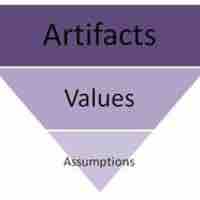
While there is no single "type" of organizational culture, some common models provide a useful framework for managers.

Core culture is the underlying value that defines organizational identity through observable culture.
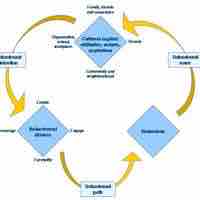
Managers are tasked with both creating and communicating a consistent organizational culture.
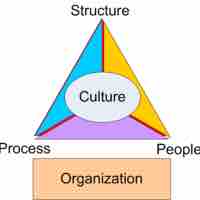
Management is tasked with both creating culture and accurately communicating it across the organization.

A high-performing culture is a results-driven business culture focused on generating efficiency and completing objectives.
Innovation may be linked to positive changes in efficiency, productivity, quality, competitiveness, and market share, among other factors.

According to recent research, companies that make a commitment to innovation are exceptional performers in their respective industries.

There are three main modes of innovation: entrepreneurial value-based, technology-based, and strategic-reflexive.
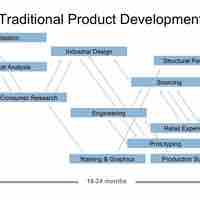
Companies compete to adapt their products and services to incorporate new innovations first.
Sustainability innovation combines sustainability (endurance through renewal, maintenance, and sustenance) with innovation.
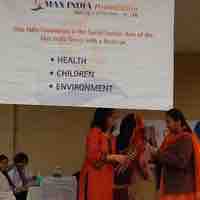
Social innovation refers to new strategies, concepts, ideas, and organizations that meet societal needs of all kinds.
Commercialization is the process or cycle of introducing a new product or production method into the market.

Offering employees challenges, freedom, resources, encouragement, and support can help them to innovate.
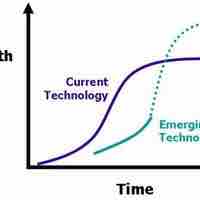
Technology is a powerful driver of both the evolution and proliferation of innovation.
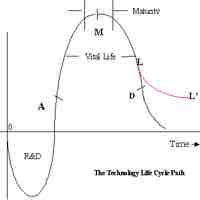
The technology life cycle describes the costs and profits of a product from technological development to market maturity to decline.

Assessing the internal technological assets and future needs of an organization prepares management for successful technology integration.
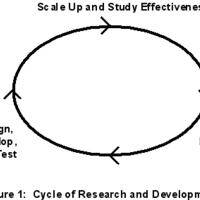
Understanding current technologies and trends allows a company to align and synchronize operations to optimize returns on innovation.
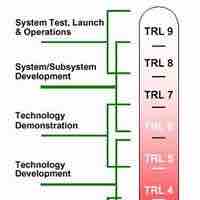
Technology sourcing involves isolating and implementing new innovations within an existing business framework.
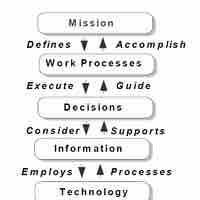
Leaders are in the unique role of not only designing change initiatives but also enacting and communicating them.
There are three main categories of change: business process re-engineering, technological change, and incremental change.
Inside forces include strategic and human resource changes, while outside forces include macroeconomic and technological change.
Change management can be implemented to change an organization's mission, strategy, structure, technology, or culture.
Organizational development is a deliberately planned effort to increase an organization's relevance and viability.
Kurt Lewin's phases of change (unfreezing, change, and freezing) describe how people react and adapt to change.
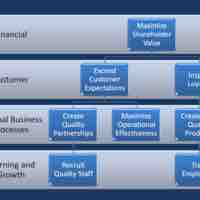
To implement a successful change, managers should focus on communication, training, monitoring, and counseling for the workforce.
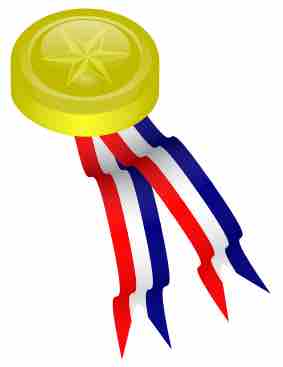
Kotter's model details a process where managers may initiate, direct, implement, and foster organizational change via employee engagement.
